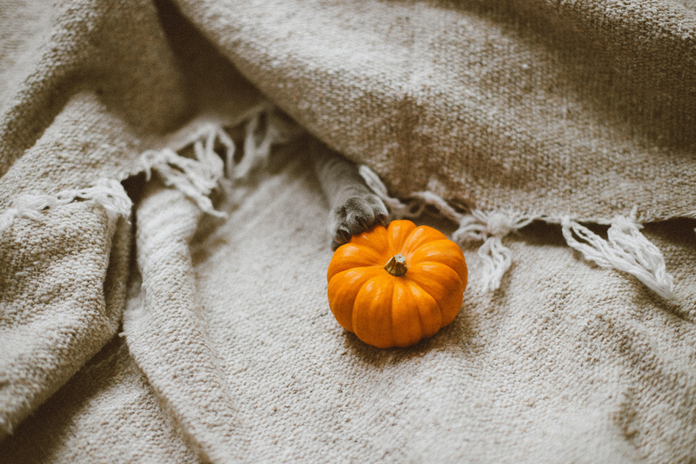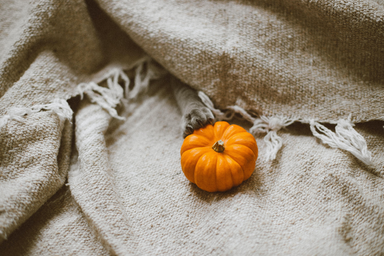Halloween is one of the best times of the year. The colorful falling leaves, the slightly too cold weather, the hot drinks, the season has a certain kind of magic that I love. But of the year end holidays, Halloween sticks out like a sore thumb. While others have themes of gathering together, feasting, and giving gifts, how did a holiday that celebrates ghoulies, ghosties, and long-leggedy beasties get so popular?
The answer for that lies in some good, old-fashioned paganism. The origins of Halloween come from the Celtic celebration of Samhain around 2,000 years ago. The Celtic New Year was on November 1st, so the night before, Samhain, marked the end of summer and the harvest and the beginning of the cold, dark winter full of death. On Samhain, people believed that the lines between the worlds of the living and the dead were the most blurred and ghosts would descend upon the Earth.
So how does one avoid malicious ghosts, death, and madness? Samhain began with druids starting sacred bonfires where people would gather and burn crops and animals while wearing costumes in order to keep away any ghosts, even if they were as friendly as Casper. When the party was over, people then used the remainder of the bonfire to relight their hearth fires, for strength during the tough winter times.
Later, when those pesky Romans took over in 43 AD, they incorporated some of their own seasonal traditions. For instance, there was Feralia, a late October celebration to commemorate the dead. Also, there was a day honoring the Roman goddess Pomona, whose symbols including the apple. This may be why Halloween includes bobbing for apples, which is one of the weirder aspects of the holiday. I don’t really know why people thought this was a good idea, but it exists.
Now that we got all that Pagan stuff out of the way, let’s talk about everybody’s favorite, Big J. One of the interesting parts of the christianization of Europe is how Christianity incorporated previous holidays instead of straight up replacing them. The goal here was to make Christianity more streamlined and appealing. People do tend to be nicer to you when you don’t take away all their fun and merrymaking. Samhain was no exception. Pope Gregory III kick started this process by naming November 1st as All Saints Day.
All throughout the 800s, Christianity spread through Ireland by blending with Celtic traditions. Then in 1000, November 2nd was named All Souls Day as a time to honor the dead and was celebrated like Samhain in order to steer away from all that pagan-y nonsense. From this process, All Saints Day was called All Hallows Day from the Middle English word “Alholowmesse,” and thus, the eve of All Saints became known as Hallow’s Eve or Halloween.
So how did this whole mess get to America? Well, Halloween first popped up in the colonies where it was pretty limited in areas like New England because of the scandalized Puritans and their hatred of anything fun. Instead, it was more common in Maryland and the southern colonies. From here, an American Halloween developed. The earliest celebrations had “play parties,” public events to celebrate the harvest where neighbors gathered and told ghost stories, told fortunes, danced, and sang. The holiday became even more popular nationally when Irish immigrants came to America to escape famine.
So as people began to accept the holiday where death and the supernatural was a constant theme, new American Halloween traditions were formed. Trick or Treating came from Americans borrowing Irish and British traditions, going from door to door for food and money. Symbols we now associate with Halloween also came from abroad. For example, black cats are staple because people in the middle ages believe that witches avoided detection by turning into cats.
But what really made Halloween in America was its gradual development into a children’s holiday that people could make money off of. Costumes, candy, and creepy fun decorations all proved to be insanely marketable. In 2018, the National Retail Federation expects America’s total Halloween spending to be around $9 billion. And thus, our modern Halloween was formed: a strange hodgepodge of Celtic paganism, Christianity, and an extremely profitable market. Happy Halloween!


